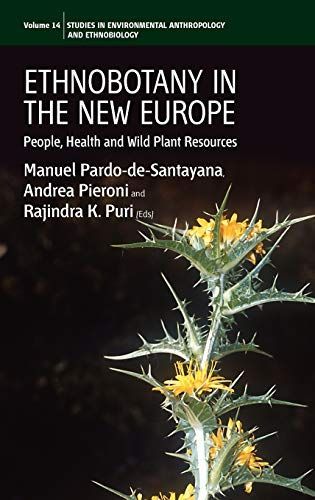
Ethnobotany in the New Europe People, Health, and Wild Plant Resources
Interest in environmental anthropology has grown steadily in recent years, reflecting national and international concern about the environment and developing research priorities, This major new international series is a vehicle for publishing up-to-date monographs and edited works on particular issues, themes, places, or peoples which focus on the interrelationship between society, culture, and the environment. Relevant areas include human ecology, the perception and representation of the environment, ethno-ecological knowledge, the human dimension of biodiversity conservation, and the ethnorgraphy of environmental problems. while the underlying ethos of the series will be anthropological, the approach is interdisciplinary. The Study of European wild food plants and herbal medicines in an old discipline that has been invigorated by a new generation of researchers pursuing ehnobotanical studies in new contexts. Modern botanical and medical science itself was built on studies of medieval Europeans' use of food plants and medicinal herbs. In spite of monumental changes introduced in the Age of Discovery and Mercantile Capitalism, some communities, often immigrants in foreign lands, continue to hold onto old recipes and traditons, while others have adopted and enculturated exotic plants and remedies into their diets and pharmacopoeia in new and creative ways. Now in the 21st century, in the age of the European Union and globalization, European folk botany is once again dynamically responding to changing cultural, economic and political contexts. The authors and studies presented in this volume reflect work being conducted across Europe's many regions. They tell the soty of the ongoing evolution of human-plant relations in one of the most bioculturally dynamic places on the planet, and explore new approaches that link the re-evaluation of plant-based cultural heritage with the conservation and use of biocultural diversity.